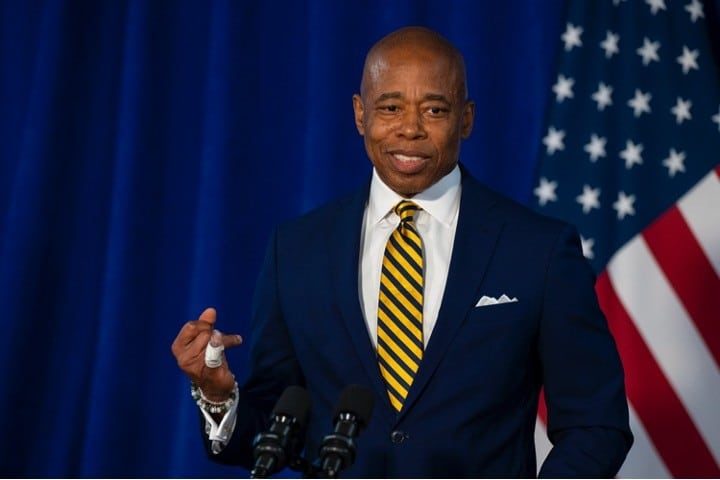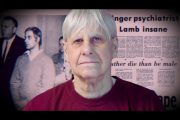
Following some initial success by New York City Mayor Eric Adams’ newly resurrected Neighborhood Safety Teams (NSTs), he announced on Monday that he is rolling out a second wave. He called it “precision policing”: “This is what precision policing is all about.… There’s a clear message: do it right, don’t violate the liberties of people, but go after those guns and those who are the trigger pullers.”
Since the first wave of some 168 officers — in teams of six in each of 28 of the Big Apple’s 177 precincts — began surveilling on Monday, March 14, “we have made 31 arrests,” said the mayor, “and 10 guns [have been] removed from our streets.”
The second wave began on Monday, focusing on another five precincts in high-crime areas.
The city’s police commissioner, Keechant Sewell, who initially was skeptical of the move to reinstate the teams, seemed to be on board. She said, “These impressive results represent the next era of responsive, responsible crime fighting,” adding:
These teams are for gun violence. They’re there for criminal activity. But they look like police officers. They are not in plain clothes. The uniform clearly states on the back: NYPD Police.
Since the effort was suspended in June 2020 by then-Mayor Bill DeBlasio, crime has soared. So far this year there have been 284 people shot, compared to 215 shootings in the same period last year. Adams’ promise to rein in the violence was widely seen as a major factor in his election last November.
Adams’ initial success is being viewed by many as just the first step. Part of his plan is not only to reinvigorate the NSTs, but to work to appoint judges with a “demonstrated commitment to keeping violent criminals who use guns off New York City streets.”
The strategy is similar to the “stop, question, and frisk” policies instituted under former Mayor Michael Bloomberg, except for the “frisk” part. The teams use a Terry Stop — based on a Supreme Court decision (Terry v. Ohio) that watered down the Fourth Amendment from “probable cause” to “reasonable suspicion.”
But that “reasonable suspicion” is enhanced using the latest technology, which allows NST officers to identify from a distance when an individual is carrying a firearm. In essence, that technology allows officers to conduct a “virtual” frisk without touching the individual.
It remains to be seen if the initial “success” can be maintained. Tiffany Caban, a Democrat on the city council, said, “Much of the Mayor’s plan is cause for deep concern … [that it’s] built on a foundation of surveillance and punishment, which are ineffective and dangerous.”



